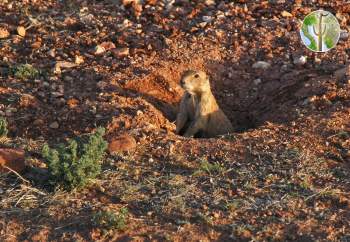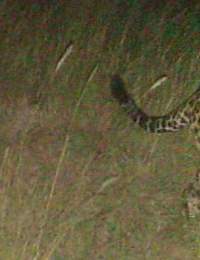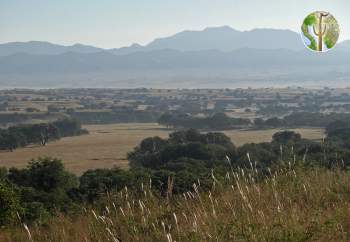Trans-border Flora and History of San Bernardino
The trans-border flora of the San Bernardino National Wildlife Refuge in Arizona and Rancho San Bernardino in Sonora has 541 taxa in 316 genera and 86 families. The most diverse families are Poaceae (88 taxa), Asteraceae (84 taxa), Fabaceae (28 species), Euphorbiaceae (24 species), Amaranthaceae (18 species), Boraginaceae and Solanaceae (17 species each), and Brassicaceae (15 species).



